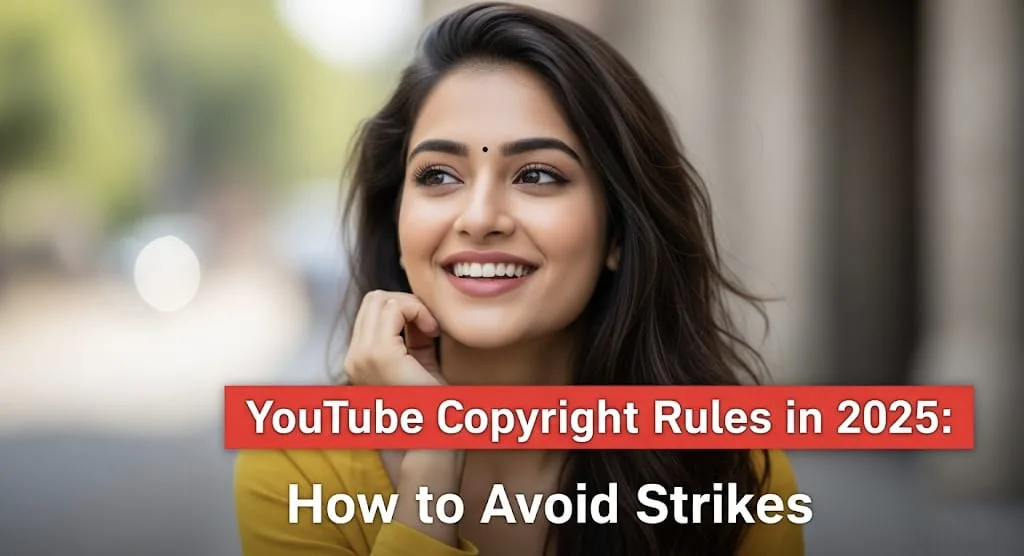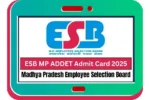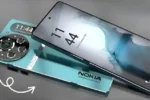In the ever-evolving landscape of online content creation, understanding and adhering to YouTube’s copyright rules is paramount for any creator. As we navigate 2025, the platform continues to refine its policies to protect intellectual property while fostering a thriving creative community. Ignoring these guidelines can lead to severe consequences, from demonetization to channel termination. This article aims to equip you with the knowledge to navigate YouTube’s copyright system effectively and avoid those dreaded strikes.
The Foundation: Understanding Copyright on YouTube 📝
At its core, copyright protects original works of authorship, including music, videos, images, and written content. On YouTube, this means you can’t simply upload someone else’s creation without their permission or a valid legal exception. YouTube employs a sophisticated system called Content ID to automatically detect copyrighted material within uploaded videos. This system is constantly being updated and improved, making it more efficient at identifying unauthorized use.
Key Principles to Remember:
- Originality is King: The safest way to avoid copyright issues is to create 100% original content. If you’ve shot the video, composed the music, and written the script yourself, you’re generally in the clear.
- Permission is Power: If you want to use someone else’s copyrighted material, always seek explicit permission from the copyright holder. This usually involves obtaining a license or a written agreement. Don’t assume that simply crediting the source is enough; credit does not equate to permission.
- Fair Use is Not a Free Pass: While fair use is a legal doctrine that allows limited use of copyrighted material for purposes like commentary, criticism, news reporting, teaching, scholarship, or research, it’s a complex area. What constitutes “fair use” is determined on a case-by-case basis by courts, not by YouTube. Relying on fair use requires careful consideration and a thorough understanding of its four factors.
The Dreaded Copyright Strike: What Happens? 🚨
A copyright strike is a serious penalty on YouTube. It’s issued when a copyright holder submits a valid takedown request for content that infringes on their rights. YouTube operates on a “three strikes” policy within a 90-day window.
- First Strike: You’ll receive a warning and typically have to go through Copyright School, an educational program explaining copyright basics. Your live-streaming privileges might be restricted.
- Second Strike: More severe restrictions are imposed, potentially impacting your ability to upload longer videos or monetize.
- Third Strike: Your channel, along with any associated channels, will be terminated, and you may be permanently banned from creating new YouTube channels. This is why avoiding strikes is crucial for the longevity of your channel.
Proactive Strategies to Avoid Strikes in 2025 ✅
Staying proactive and informed is your best defense against copyright strikes.
Leverage Royalty-Free and Licensed Content 🎶
- YouTube Audio Library: This is your go-to resource for free music and sound effects that you can use in your videos without fear of copyright claims. Always check the specific license requirements, as some tracks may require attribution.
- Stock Media Websites: For music, stock footage, and images, explore reputable platforms that offer royalty-free or licensed content. While some require a one-time fee or subscription, the peace of mind is invaluable. Popular options include Epidemic Sound, Artgrid, Shutterstock, and Adobe Stock.
- Creative Commons Licenses: Some creators release their work under Creative Commons licenses, which specify how their content can be used. Always read the terms carefully to understand the permissions and attribution requirements.
Understand and Apply Fair Use Judiciously ⚖️
If you intend to use copyrighted material under the fair use doctrine, ensure your use genuinely aligns with its principles.
- Transformative Use: Is your use adding new expression, meaning, or message to the original work? Simply re-uploading or making minor edits (like speeding up or cropping) is unlikely to be considered transformative.
- Nature of the Copyrighted Work: Using factual works is generally more likely to qualify as fair use than highly creative or fictional works.
- Amount and Substantiality: Using small, necessary portions of the original is better than using large or “heart” portions.
- Effect on the Market: Does your use negatively impact the market for or value of the original copyrighted work? If your video replaces the need for viewers to purchase or stream the original, it’s less likely to be fair use.
Monitor and Respond to Content ID Claims Promptly 📧
Content ID claims are different from strikes. A claim means YouTube’s automated system has detected copyrighted material. The copyright owner can then choose to:
- Monetize your video: They can run ads on your video and claim the revenue.
- Track your video: They can gather data on your video’s performance.
- Block your video: They can prevent your video from being viewed in certain regions or worldwide.
If you receive a Content ID claim and believe it’s an error or falls under fair use, you have the option to dispute the claim through YouTube Studio. Provide clear and concise reasons for your dispute. The claimant then has 30 days to respond.
Be Wary of AI-Generated Content 🤖
In 2025, the rise of AI-generated content presents new considerations. While AI tools can assist in content creation, ensure that any content generated by AI does not inadvertently infringe on existing copyrights. YouTube’s policies are evolving to address AI-generated misinformation and copyright. Always be transparent if your video heavily relies on AI.
Conclusion: Create with Confidence and Responsibility ✨
Navigating YouTube’s copyright rules in 2025 requires vigilance, education, and a commitment to responsible content creation. By prioritizing original work, securing necessary permissions, understanding the nuances of fair use, and utilizing legitimate sources for third-party content, you can significantly reduce your risk of receiving copyright strikes. Remember, a thriving YouTube channel is built on trust, respect for intellectual property, and a clear understanding of the platform’s guidelines.
Frequently Asked Questions (FAQs) 🤔
Q1: Can I use a short clip of a popular song in my video if I give credit?
A1: No. Simply giving credit does not grant you permission to use copyrighted music. Even short clips can trigger Content ID claims or copyright strikes. You need explicit permission or a license from the copyright holder, or you must use royalty-free music from sources like the YouTube Audio Library.
Q2: What’s the difference between a Content ID claim and a copyright strike?
A2: A Content ID claim is an automated detection by YouTube’s system, allowing the copyright owner to monetize, track, or block your video. It doesn’t immediately impact your channel’s standing. A copyright strike, however, is a formal notice from the copyright owner that their content has been used without permission, leading to direct penalties on your channel and potentially termination if you accumulate three strikes.
Q3: Does deleting a video with a copyright strike remove the strike?
A3: No, deleting the video does not remove the copyright strike. The strike remains on your channel for 90 days. You can either wait for it to expire, get a retraction from the copyright claimant, or submit a counter-notification if you believe the strike was issued in error.



